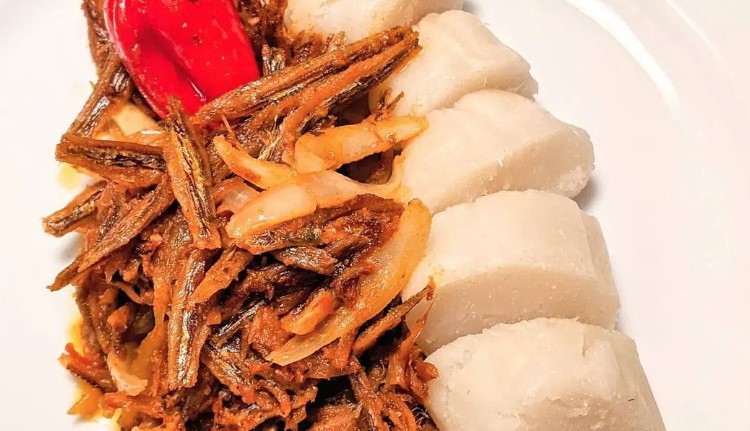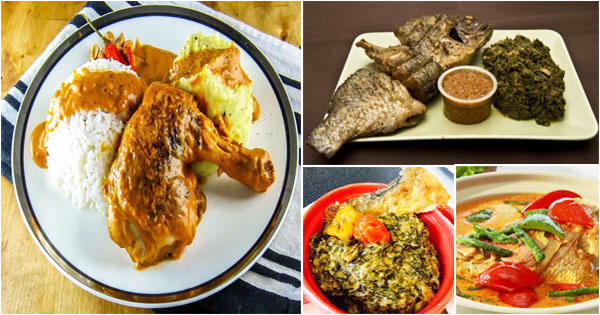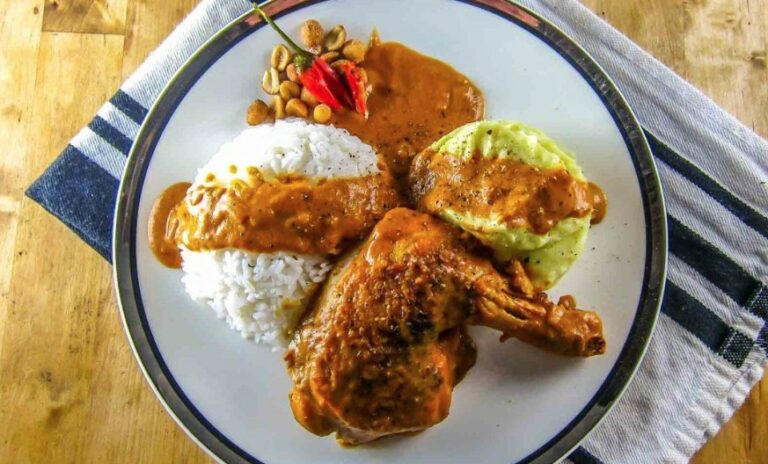The significance of fish and meat in Congolese cuisine
Fish and meat hold a significant place in Congolese cuisine as they are consumed as a source of protein by the Congolese people. Both fish and meat are used in a plethora of traditional Congolese dishes to add flavor, texture, and a unique cultural identity to the cuisine. The availability of these ingredients is quite high as Congo is home to many lakes, rivers, and forests, which makes it easier for the Congolese people to access them for their daily meals.
Fish: A staple in the Congolese diet
Fish is a staple in Congolese cuisine as it is widely available and consumed in almost all regions of the country. The Congolese people use different methods to catch fish such as using nets, traditional fishing techniques, and modern fishing methods to ensure a steady supply of fish. Fish is often served grilled, smoked or fried, and is used in soups, stews, and sauces. The use of fish in Congolese cuisine is not only limited to its nutritional value, but it also has significant cultural and traditional importance.
The different types of fish used in Congolese dishes
The Congolese people use a wide variety of fish in their dishes, including tilapia, catfish, bream, Nile perch, and many more. Tilapia is one of the most common fish used in Congolese cuisine, and it is often grilled or fried. Catfish, on the other hand, is used in making soups and stews. Nile perch is another popular fish in Congo and is often served with a sauce made of tomatoes, onions, and peppers. The Congolese people also use dried fish, which is often added to stews to enhance the flavor.
Meat: A less common but still important ingredient
While fish is the most commonly consumed source of protein in Congo, meat holds significant importance in Congolese cuisine. While not consumed as frequently as fish, meat is still used in many traditional Congolese dishes. The availability of meat in Congo is lower than that of fish, which makes it more expensive and less accessible for the majority of the population.
The most popular meats used in Congolese cuisine
Beef, chicken, and goat are the most popular meats used in Congolese cuisine. Beef is often used in stews and is consumed throughout the country. Chicken is used in making a traditional Congolese dish called Poulet a la Moambé, which is a stew made with chicken, palm nuts, and spices. Goat meat is consumed in rural areas and is often prepared by roasting it over an open flame.
How fish and meat are prepared in Congolese dishes
The Congolese people use a variety of methods to prepare fish and meat. Fish is often grilled, fried, or smoked and is used in soups, stews, and sauces. Meat is usually roasted, grilled or used in stews. The use of spices and herbs is also popular in Congolese cuisine, which adds flavor and aroma to the dishes.
The cultural and social importance of fish and meat in Congolese cuisine
Fish and meat hold significant cultural and social importance in Congolese cuisine. These ingredients not only provide a source of protein but also play an important role in traditional and cultural celebrations. For example, during weddings and other significant events, meat and fish are often served to guests to show hospitality and respect.
Conclusion: The integral role of fish and meat in Congolese cuisine
In conclusion, fish and meat hold significant importance in Congolese cuisine. Fish is the most commonly consumed source of protein in Congo, while meat is less common but still important. The Congolese people use a wide variety of fish and meat in their dishes, and these ingredients play an important role in traditional and cultural celebrations. The use of fish and meat in Congolese cuisine not only provides nutritional value but also adds flavor and cultural identity to the cuisine.






